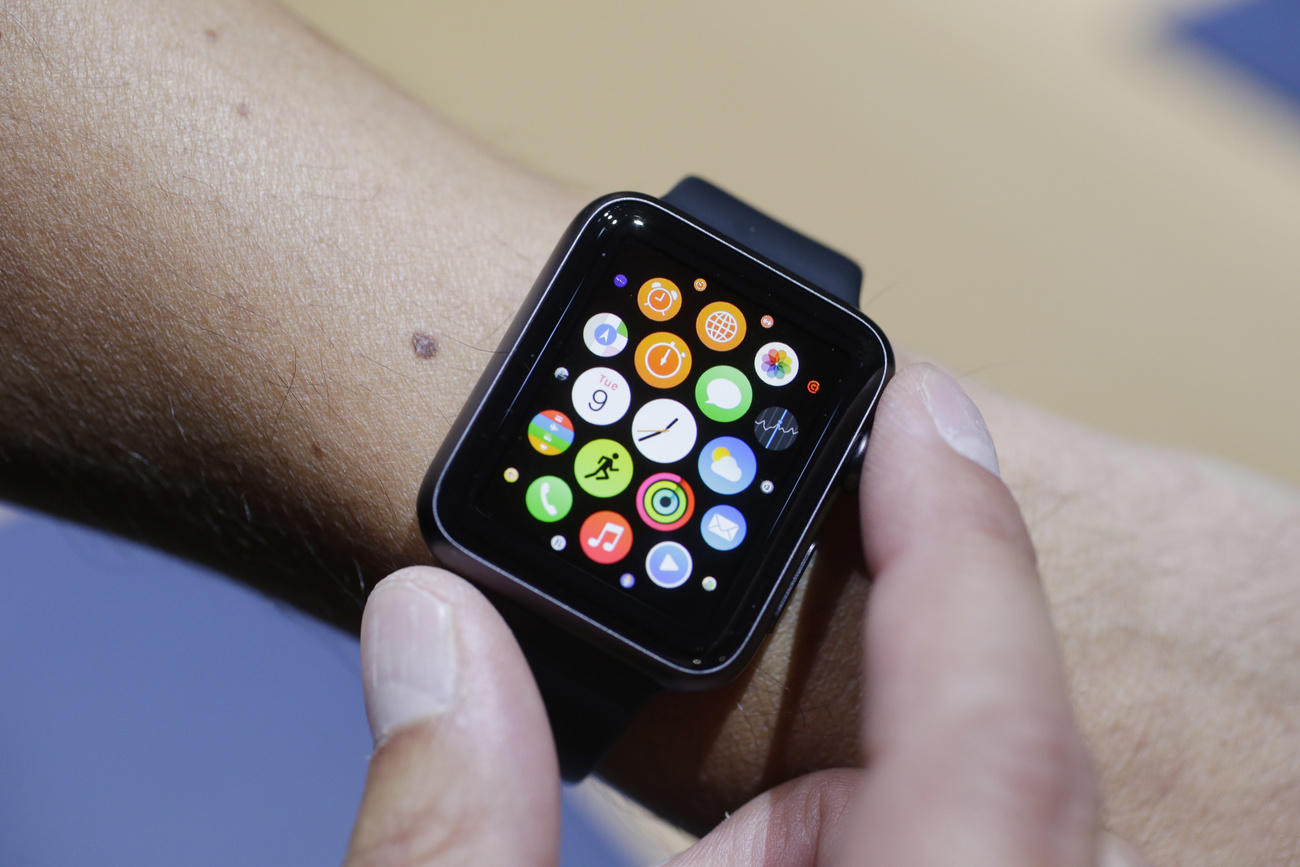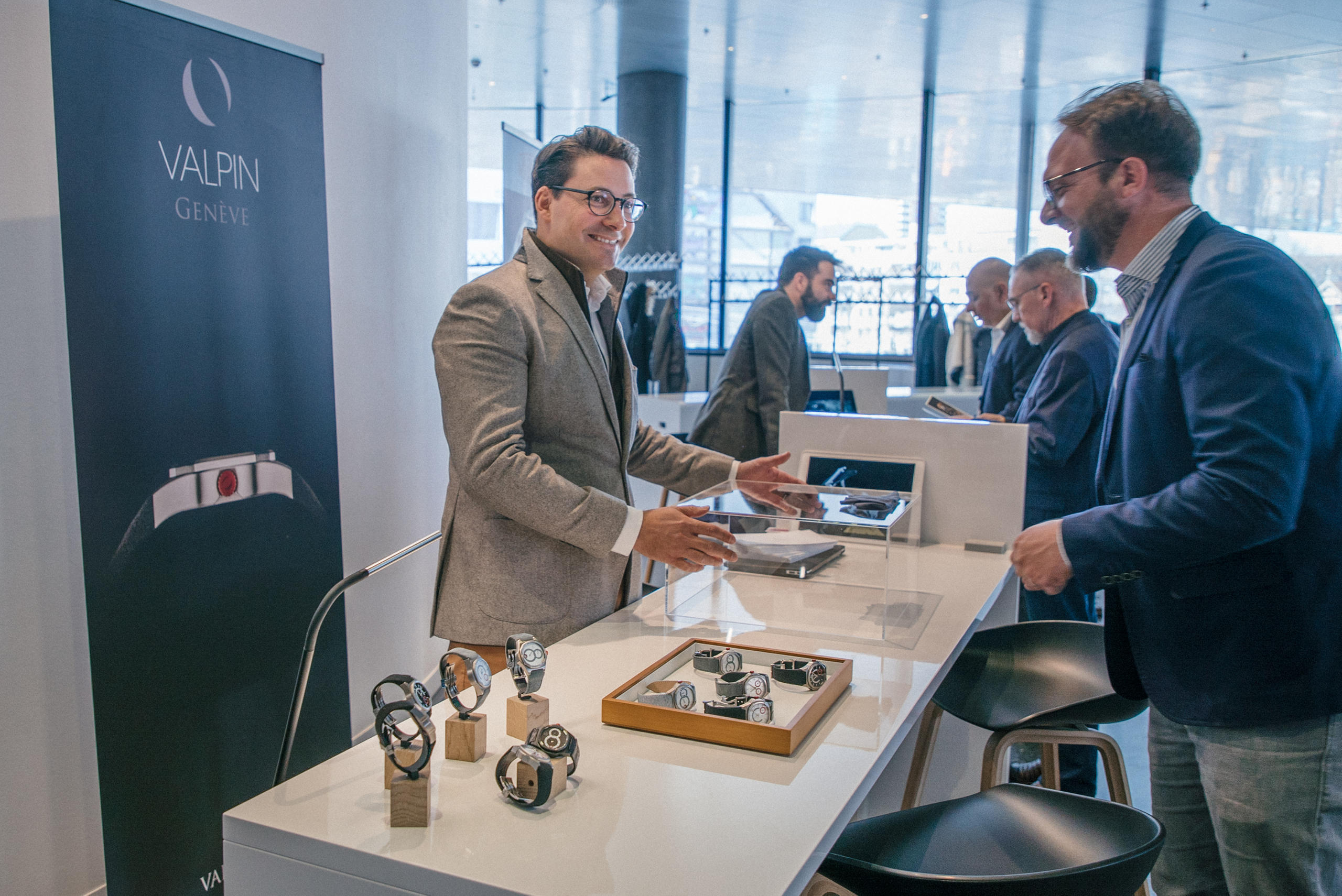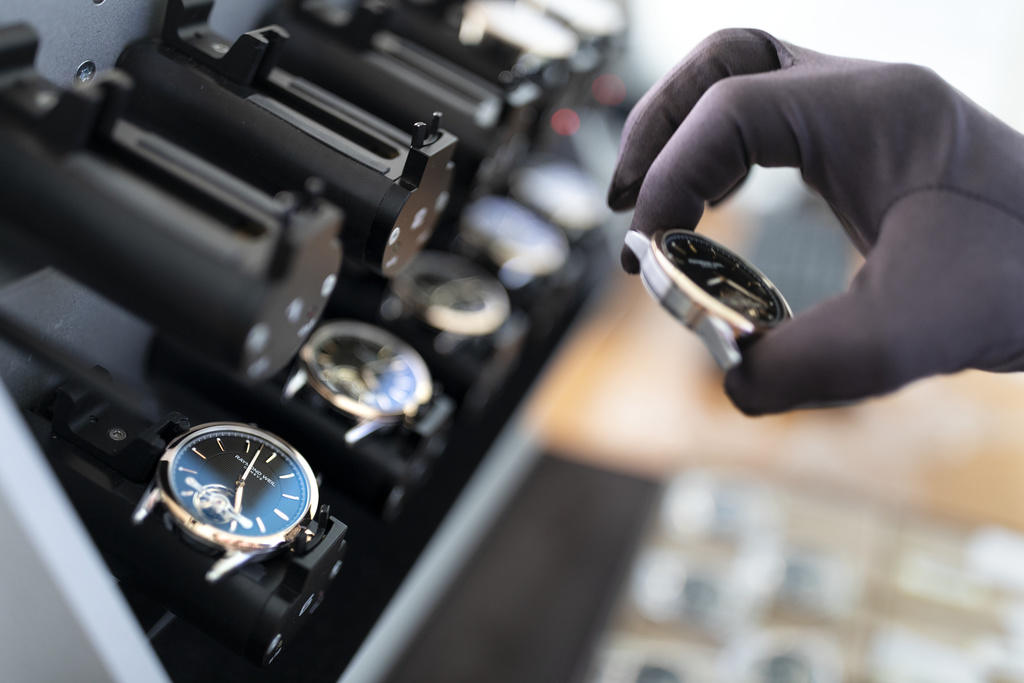Smartwatches call time on the Swiss industry

The watch industry has always displayed a strong streak of economic irrationality. After all, you can buy a Casio digital watch for £5 that will tell the time more reliably than a mechanical Patek Philippe Grand Complications costing 40,000 times as much.
As the advertising slogan goes, every watch tells a story. And the story the watch industry tells is that millions of people will pay a massive premium for style over function. Or, as Ralph Lauren put it rather more poetically, a fine watch, like a well-designed car, is best appreciated as “moving art”.
Still, economic irrationality has its limits. And the Apple Watch has been mercilessly exposing them by offering a radically different type of functionality and a very different kind of style.

According to research firm Strategy Analytics, the Apple Watch, launched less than five years ago, now outsells the entire Swiss industry, which has been manufacturing wristwatches for 152 years. Last year, Apple increased sales by 36 per cent to almost 31m watches while the Swiss industry shipped about 21m in total, a 13 per cent decline.
The one solace for Swiss watchmakers is that they still generate more revenue: $21bn to Apple’s $11bn. But on current trends Apple will overtake the Swiss on that measure, too, by 2023.
Of course, it would be a mistake to think of the Apple Watch as just a watch. The success of smartwatches follows the increasingly clichéd storyline of software eating hardware, as we have seen with cameras, calculators and DVDs. Not only does a smartwatch tell the time, it operates as a wearable computer. Connected to an app store, a smartwatch can perform hundreds of other functions, from sending and receiving messages to monitoring heart rates, menstrual cycles and glucose levels, from tracking open-water swims to checking whether excessive noise is damaging your hearing.
‘Dumb’ watches
Increasingly, Apple sees its smartwatch’s prime function as a healthcare device. According to Sumbul Desai, Apple’s vice-president of health, the watch is an “incredible platform” that empowers users by giving them actionable information about their health. It even offers an electrocardiogram app, which can provide data for clinicians.
Several lessons can be drawn from the rise of the smartwatch. First, it is hard now for any traditional industry to predict where their deadliest rivals will emerge, given the mutability of competition. Who would have thought in 1984, when Steve Jobs launched the first Macintosh personal computer, that Apple would put such a dent in the Swiss horological universe a few decades later?
Second, a smart product is always likely to outsell a dumb one. A consumer’s ability to connect their device to their own personalised suite of applications provides a compelling reason to stick with the same networked provider.
Third, a big generational shift is under way as younger consumers increasingly live their lives online. Sales of traditional watches to the young have dropped particularly sharply, with the sleek designs and functions of a smartwatch appealing more to the digital generation.
Apple domination
For the moment, Apple dominates the smartwatch business with an estimated 50 per cent market share. But rivals such as Google, which enables Android smartwatches and recently acquired Fitbit, and Garmin, the US wearable technology company, are aggressively targeting this market, too. Some Swiss watchmakers, such as Tag Heuer, have launched their own smartwatches, although Tissot’s plans to develop its own operating system seem wildly ambitious.
The obvious conclusion is that Swiss watchmakers are doomed to decline, like horsewhip makers in the age of the motor car. Yet all is far from lost for the industry.
René Weber, a luxury analyst at Bank Vontobel in Zurich, highlights the sharp contrast in performance between the low and high-end watch segments. Since 2000, Swiss watches costing less than $1,000 have seen their unit sales halve, while watches costing more than $5,000 have seen volumes triple.
Mr Weber says sales of the most prestigious watches made by Rolex, Patek Philippe and Audemars Piguet have been little affected by the smartwatch revolution. Indeed, there are waiting lists for some of their top-end products because of capacity constraints in manufacturing complex mechanical watches.
“You buy these Swiss watches for eternity, whereas you throw away a smartwatch after two to three years,” he says. “It is a different kind of watch, a different kind of experience.”
Copyright The Financial Times Limited 2019

In compliance with the JTI standards
More: SWI swissinfo.ch certified by the Journalism Trust Initiative












You can find an overview of ongoing debates with our journalists here . Please join us!
If you want to start a conversation about a topic raised in this article or want to report factual errors, email us at english@swissinfo.ch.